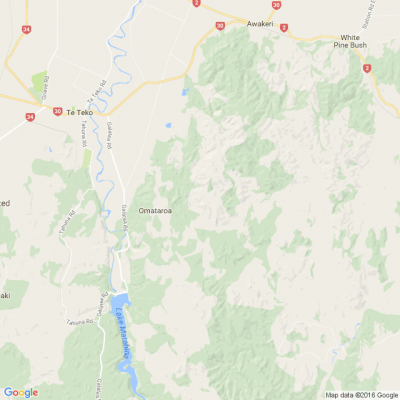
Know what’s happening
Access the private noticeboard for verified neighbours near you. Keep informed about any suspicious activity, send urgent updates to your neighbours when required and discuss emergency planning.
Get to know your neighbours
Browse the directory and start getting to know your neighbours. Don’t want to post to the whole neighbourhood? Send a private message.
Buy, sell and give away
Want to declutter your garage? Buy some used household items? Give away some garden stuff? Become a verified neighbour to browse and post items for sale. Trading is simple when everyone lives nearby.

Needing new school uniform items?
Or have some to sell? Post on Neighbourly

Thank you for using Neighbourly
You may receive an email confirmation for any offer you selected. The associated companies will contact you directly to activate your requests.
Robert Anderson from
If you enjoy growing your own potted plants and would like a stylish way of displaying them inside the home, then this month's project could be just what you need. I've been admiring living walls and hanging gardens for some time now, and decided to create an achievable small-scale … View moreIf you enjoy growing your own potted plants and would like a stylish way of displaying them inside the home, then this month's project could be just what you need. I've been admiring living walls and hanging gardens for some time now, and decided to create an achievable small-scale version to house small pots and fresh herbs in my kitchen. These shelves are affordable and easy to make, and ideal for apartments and smaller homes without much garden space.
For this project you will need:
• 1 length of untreated pine 20mm thick and 120mm wide
• Hand saw or skill saw, sandpaper
• Drill with 72mm hole saw drill bit and 7.5mm drill bit (for 7mm rope)
• 9 x 9cm terracotta pots
• White synthetic general purpose rope 7mm x 10m, 8 x white plastic cable ties
• Resene Colorwood Whitewash, speed brush or synthetic paintbrush
• Various herbs or small plants
Step one: Cut your length of pine into three pieces, each 600mm long. You can do this with either a hand saw or a skill saw. Once cut, give them a sand.
Step two: Measure out the placement of your holes that will hold the terracotta pots. I spaced mine out at 150mm centres. Repeat these markings for all three lengths of timber.
Step three: Using a drill with a hole saw attachment, cut out 72mm (D) sized holes to fit your terracotta pots. I practised first on a spare cut of timber I had lying around, to make sure that the hole I was drilling was the right size. For my 9cm pots, I found that 72mm ensured a good fit. Tidy up each hole with a light sand.
Step four: Now you need to cut the holes for your rope. Measure in 20mm from each corner and mark your drilling spot. Use a 7.5mm drill bit to make one hole in each corner (the size drill bit you use will depend on the thickness of the rope you are using to hang your shelves – adjust accordingly). Repeat for all three lengths of timber.
Step five: To achieve a fresh, clean look I used Resene Colorwood Whitewash interior wood stain. There are lots of colours to choose from, so you could pick whichever best suits the timber you are using and where the finished project will be hanging. I applied two coats of Whitewash using a speed brush, or synthetic brush.
Step six: Cut your rope into four equal lengths and thread each length through the corner holes of your shelves starting from the bottom. Tie each length of rope into a knot on the underside of the bottom shelf, so the bottom shelf rests on these knots.
Step seven: Adjust the placement of your shelves until you get them evenly spaced. Make sure you allow room for the pots to sit in the shelves, and room for your plants to grow of course. I spaced my shelves at 200mm apart. Secure the undersides of your remaining shelves with cable ties, they are a good solution because they aren't hugely visible and they don't budge. Trim the long ends of the cable ties once in place.
Step eight: Add your pots and plants, and hang in your chosen spot. Make sure that you use hooks that can safely take the weight of your shelves.
DIY with pictures: www.curtainclean.co.nz...

The Team from Neighbourhood Support New Zealand
Join the movement to help make Aotearoa a better place to live!

The Team from Resene ColorShop Whakatane
Recreate a Kiwiana classic using butterflise and Resene testpots.
Find out how to create your own.
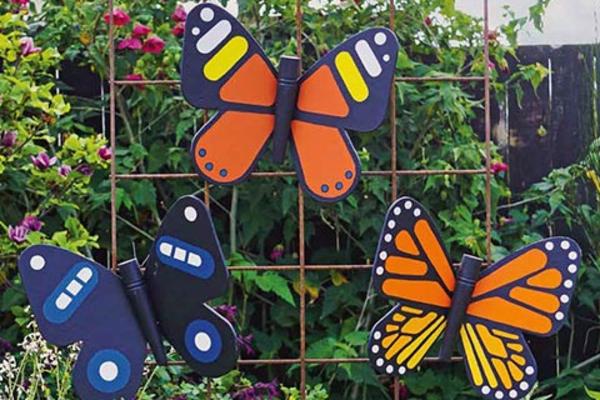
The Team from HelloFresh
Hi Neighbours, back to school has thrown your routine into chaos? HelloFresh has dinner sorted for you. With our +20 quick and easy recipes (covering a range of dietary needs with new ones added every week!), dinner time will become a delicious breeze🌿
With no lock-in contracts, you can … View moreHi Neighbours, back to school has thrown your routine into chaos? HelloFresh has dinner sorted for you. With our +20 quick and easy recipes (covering a range of dietary needs with new ones added every week!), dinner time will become a delicious breeze🌿
With no lock-in contracts, you can pause, skip or cancel your subscription at any time. You can also switch up your plan sizes and delivery times to suit your household and schedule.
Sign up today and get up to $100 off across your first 4 boxes with code “NEIGHBOUR”. All you need to do is cook!
Order now
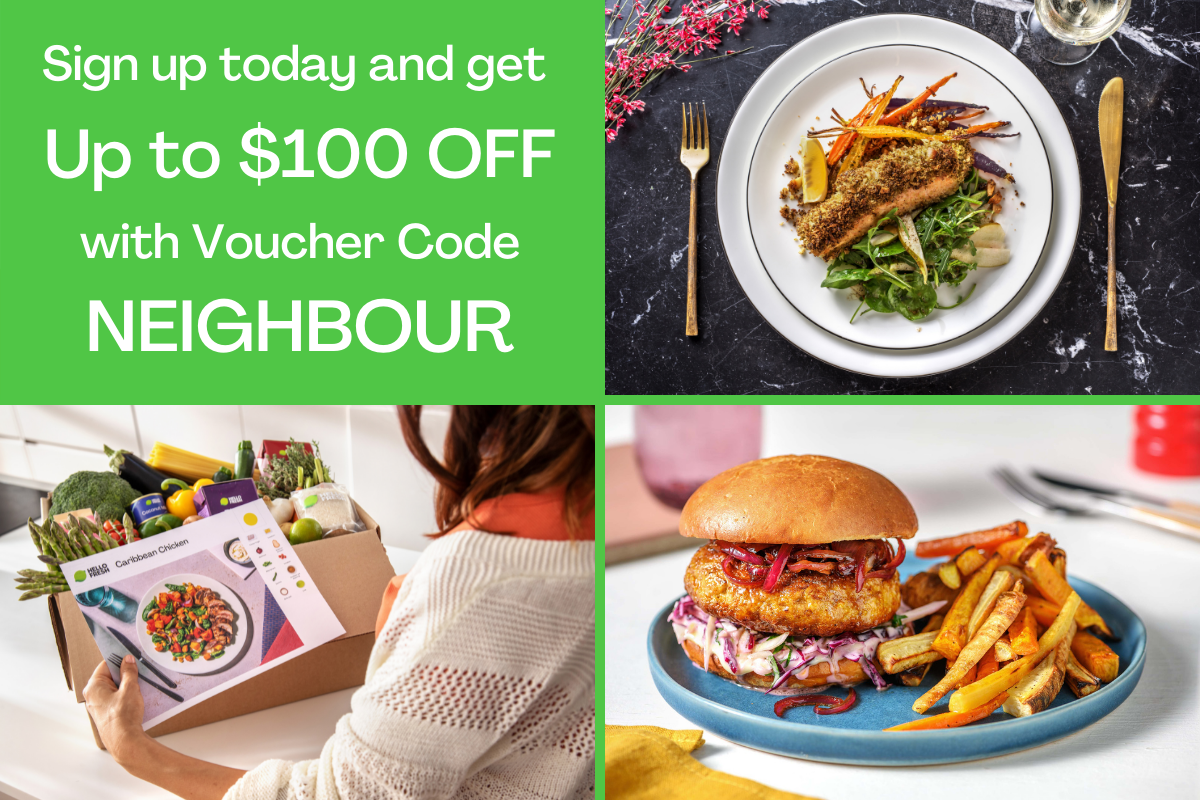
The Team from Ministry of Health
Are you aged 60+? If so, go to BookMyVaccine.nz now to reserve your spot to get the COVID-19 vaccination.
You can be vaccinated at any point from now – there’s no cut off.
Getting vaccinated is the best way to protect you and your whānau from COVID-19.
The stronger our immunity, the … View moreAre you aged 60+? If so, go to BookMyVaccine.nz now to reserve your spot to get the COVID-19 vaccination.
You can be vaccinated at any point from now – there’s no cut off.
Getting vaccinated is the best way to protect you and your whānau from COVID-19.
The stronger our immunity, the greater our possibilities.

Want to grow your knowledge and skills to boost your career options?
We can help you develop your skill set with one of our courses in Team Leadership, Adminstration & Technology or Money Management.
Enrolments are now open with classes starting in July 2021. Don’t miss out! … View moreWant to grow your knowledge and skills to boost your career options?
We can help you develop your skill set with one of our courses in Team Leadership, Adminstration & Technology or Money Management.
Enrolments are now open with classes starting in July 2021. Don’t miss out! Sign up today.
Find out more

Robert Anderson from
Knowing how to make rope was once a critical skill for survival and self-sufficiency on the frontier. Early settlers were able to make rope from a variety of materials, but the main thing they used was hemp.
A rapid growing plant, hemp is perfect for making rope. Hemp grows fast. It produces up … View moreKnowing how to make rope was once a critical skill for survival and self-sufficiency on the frontier. Early settlers were able to make rope from a variety of materials, but the main thing they used was hemp.
A rapid growing plant, hemp is perfect for making rope. Hemp grows fast. It produces up to 75 tons of dry matter per acre per year. It thrives in poor soil, needs no fertilizers or pesticides to succeed, and gobbles up atmospheric CO2, stymieing the greenhouse effect. It produces more fibre per pound than either cotton or flax, and these fibres are easily extracted in order to make hemp rope, twine, or cord.
Hemp rope is easy to make. Some methods involve using a rope machine, but fortunately such an investment isn’t necessary to the process. All you really need is some hemp fibre or hemp twine, and a short piece of wooden dowel. Our hemp rope maker, available in our shop, will really streamline the process for you if you plan on making lots of hemp rope.
Step one: Separate the hemp fibres or unwind the hemp yarn and cut into lengths approximately twice as long as the desired length of the rope. Continue cutting until you have a bundle of fibres approximately half the size of the diameter of rope you’d like to make.
Step two: Grab the bundle of fibres and fold it in half, securing the fold by placing a dowel rod through the resultant loop and into the ground. Smooth the fibres of this bundle down by running your hand along the length of the cord.
Step three: Divide the bundle in two, holding half the fibres in your left hand and half the fibres in your right.
Step four: Twist each bundle clockwise until the cord you are creating begins to kink and loop. Pull as hard as you can while twisting.
Step five: Twist the two cords together, wrapping one over the other in a counter clockwise motion, to form a rope.
Step six: Secure the ends with overhand knots beginning with the end in your hands. Once the first end is tightly tied, slip the rope off the dowel rod and tie it as well.
To make a cable, repeat steps 2 through 6 and twist the two ropes together. This process can be repeated as many times as you like, making thicker, stronger cables as you go.
Enjoy making your own hemp rope! This technique can be used to make hemp twine, hemp cord. and hemp yarn as well. It all depends on the size of the fibres you start with. Need some ideas for what to do with your newly made hemp rope? Try using a piece as a clothesline, for air-drying your clothes. Make a hemp leash for your pet, or keep your hemp twine petite for use in jewellery making.
Making rope is a great way to be self-sufficient and eliminate the supply chain requirement. Everything you can make yourself is one less packaged product– in this case, one less coil of synthetic rope– that needs to be manufactured for you. Have fun!
We may be an official partner of the New Zealand Olympic Team, but within our villages it’s residents who are chasing Olympic glory.
So many Ryman residents have passions and pastimes that they continue to thrive at within our villages. Therefore, creating an event like Olympics@RYMAN is a prime… View moreWe may be an official partner of the New Zealand Olympic Team, but within our villages it’s residents who are chasing Olympic glory.
So many Ryman residents have passions and pastimes that they continue to thrive at within our villages. Therefore, creating an event like Olympics@RYMAN is a prime example of how we pioneer the way for our residents.
Events include swimming, bowls, cycling, relay walking and Quiznastics. To up the ante, we’ve incorporated technology solutions to enhance events and to enable residents to connect with all 41 Ryman villages, including those across the Tasman, while they compete!
Learn more

"We’d been trying to recruit a young person for a couple of years", says Stainless Machinings owner Brian Lawry. “We’d been in touch with local high schools to arrange work experience at our precision component business and liaised with many career advisors and even advertised at … View more"We’d been trying to recruit a young person for a couple of years", says Stainless Machinings owner Brian Lawry. “We’d been in touch with local high schools to arrange work experience at our precision component business and liaised with many career advisors and even advertised at Manukau Institute of Technology (MIT), but with no success.”
After years of searching for a new recruit for their business, Auckland engineering firm Stainless Machinings turned to Competenz’s free job matching service to find them an ideal candidate.
In the space of a few short months, school leaver Stuart Martin joined the company.
Read the full story at the link below.
If you are an employer looking for the right apprentice for your business, get in touch with us to make use of our free job matching service
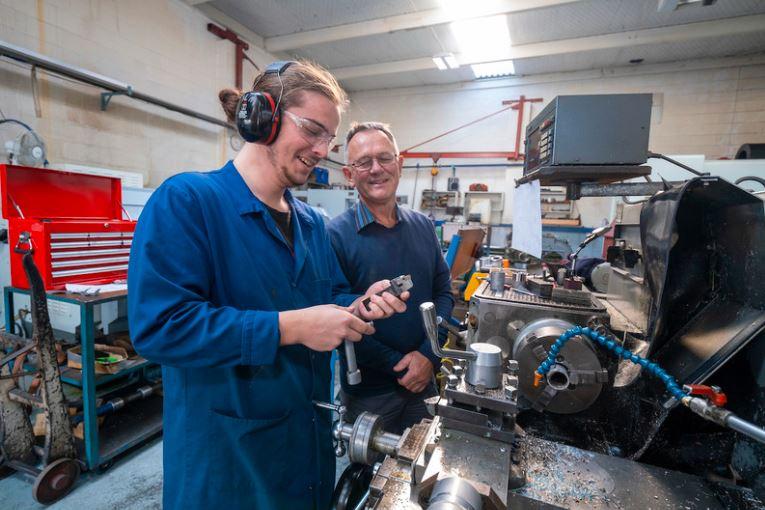
Angela Quigan Reporter from Stuff
Hi neighbours,
The Tokyo Olympics are about to kick off, and some of our country's best sports stars are set to represent New Zealand on the world stage.
The opening ceremony takes place on Friday (about 11pm NZ time), and the Games will run through until August 8.
Over the next … View moreHi neighbours,
The Tokyo Olympics are about to kick off, and some of our country's best sports stars are set to represent New Zealand on the world stage.
The opening ceremony takes place on Friday (about 11pm NZ time), and the Games will run through until August 8.
Over the next two-and-a-half weeks, some of the world’s best athletes competing in a range of sports will battle it out in Tokyo in the hopes of walking away with a medal.
So get your New Zealand flags and popcorn ready and sign up for our Tokyo Olympics newsletter to have all the highlights, talking points, medal tally and analysis delivered to your inbox every day. Click here.
We'll also be live blogging our Kiwi athletes' events every day of the Games. Just bookmark this page to stay up to date.
88 replies (Members only)
Low levels of digital literacy among staff is a challenge facing many manufacturing businesses, and strengthening those skills is not only essential to meet rapid technological changes in the workplace, it’s vital to increasing productivity.
“As technology progresses and we move further into… View moreLow levels of digital literacy among staff is a challenge facing many manufacturing businesses, and strengthening those skills is not only essential to meet rapid technological changes in the workplace, it’s vital to increasing productivity.
“As technology progresses and we move further into Industry 4.0, workers must be upskilled to keep pace with new systems and processes, especially older employees who are not digital natives, but who have invaluable experience in their fields,” says Competenz Sector Manager Jahn Vannisselroy
Competenz has developed a new micro-credential to meet the demands brought about by Industry 4.0.
Read the full article here

Hi there!
Here at Trade Me we're chuffed to let you know we’ve launched our Kindness Store again for winter, supporting KidsCan and the great work they do making sure our tamariki have a fair start – after all, little Kiwis can’t learn when they’re hungry, wet, and cold.
We’ve… View moreHi there!
Here at Trade Me we're chuffed to let you know we’ve launched our Kindness Store again for winter, supporting KidsCan and the great work they do making sure our tamariki have a fair start – after all, little Kiwis can’t learn when they’re hungry, wet, and cold.
We’ve stocked the store with all the essentials. Think fleece-lined rain coats and shoes to keep kids warm and dry, and warm, healthy food.
Just pick, click, and give now – we take care of the rest, making sure your purchase gets to KidsCan.
Learn more

Robert Anderson from
When it’s time to replace your curtains, most of us only worry about cost and style. But did you know this choice can make a massive difference to how warm and comfortable your home will be over winter? We tested which types were most effective at reducing heat loss in your home.
The … View moreWhen it’s time to replace your curtains, most of us only worry about cost and style. But did you know this choice can make a massive difference to how warm and comfortable your home will be over winter? We tested which types were most effective at reducing heat loss in your home.
The problem: If you have an insulated house, you can lose upwards of 45% of your heat through your windows. This drops to 30% in an uninsulated home, since it’s easier for heat to escape through the walls, ceiling and floors. This shows the importance of choosing wisely when it comes to your curtains or blinds; the right window coverings can save two-thirds of the heat lost through your windows.
Our test: We measured heat loss through an aluminium-framed single-glazed window fitted with different window coverings. The window was fitted to a mini-room inside our Thermal Comfort lab. The lab temperature was reduced to 4°C to simulate a chilly winter night, while an electric heater inside the mini-room beavered away to maintain a temperature of 20°C.
The different window coverings were tested for at least three hours and we measured the total power usage from the heater, along with the difference between indoor and outdoor temperature. These readings were then used to calculate how effective each window covering was at stopping heat escaping.
Reverse chimneys: Cool air is denser (heavier) than warm air. When it’s cold outside, the inside air close to a window pane is cooled and tends to sink. As this cooled air sinks, it gets replaced by warmer air from other of the room. This creates a circulating air current that cools the room parts.
Curtains that aren’t sealed at the top or bottom to stop these air currents can make the situation worse by forming a channel between the window and curtain. This allows cooled air to flow continuously and chill the room faster.
We tested two types of curtains, thermal and heavy lined, cut to both sill and floor length. The thermal curtains were in a single drop and had a plastic coating bonded to the fabric. You might have expected the thermal curtains would perform better, but the extra layer of fabric in the pricier heavy lined curtains made them better insulators. If you’re getting curtains fitted, opt for floor-length as they keep in heat better than ones that sit at the sill.
Which blinds are best?
We tested five types of blinds: honeycomb, roman, roller, and aluminium and wooden venetians.
Our blinds were installed within the window frame (with the exception of the romans), so there was no gap (like the one between the back of the curtain and the window frame) to allow a reverse chimney to form. Honeycomb blinds easily topped our testing for all window coverings. Air is a good insulator, as long as it’s not moving, and the honeycomb structure creates a large, still air gap between the cold window pane and the warm inside air.
Also, the honeycomb blinds fitted closer to the sides of the window frame than our other tested blinds, which also helped reduce heat loss.
While their public baths may have gone out of fashion, roman blinds are still going strong. Roman blinds were the best window covering after the honeycomb blinds and secondary double-glazing options. A roman blind’s good performance comes down to the close fit it has over the window frame. This good seal, along with a close fit to the wall at the top, helps retain heat.
Keep reading: www.curtainclean.co.nz...
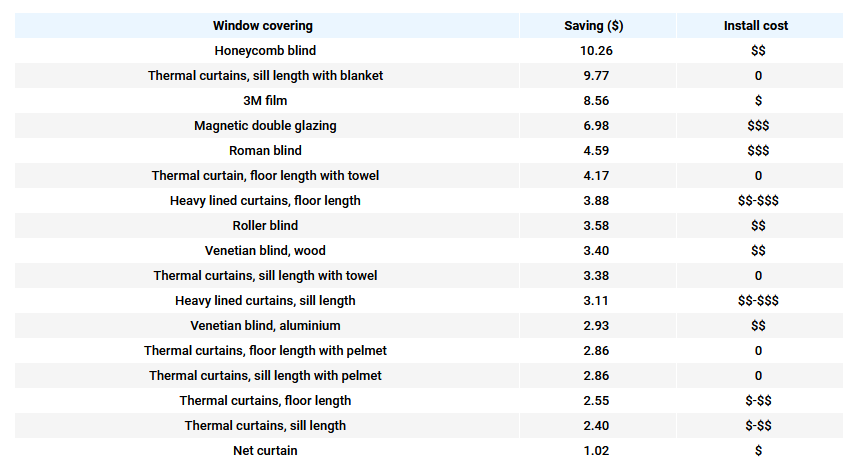
Apply for a Defer-A-Bull purchase agreement today – a simple, cost effective solution when sourcing your dairy service bulls.
Secure your bull team early with no repayments until bulls are sold.
Find out more
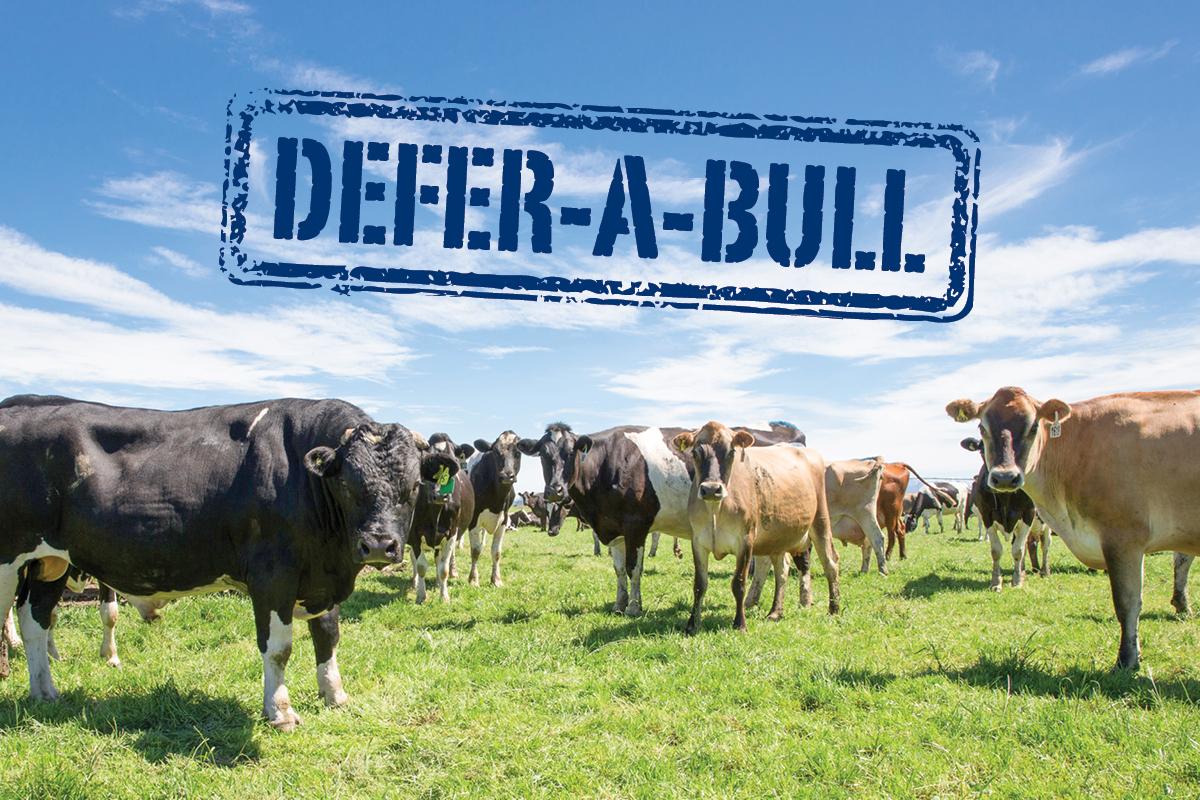
Mei Leng Wong Reporter from NZ Gardener & Get Growing
Dear neighbours,
Every month, NZ Gardener runs a series of tested reader recipes using a seasonal crop. We are now on the hunt for spinach recipes, so send your best ones to mailbox@nzgardener.co.nz before July 26, 2021.
Every published recipe wins a copy of our special edition Homegrown Recipes.
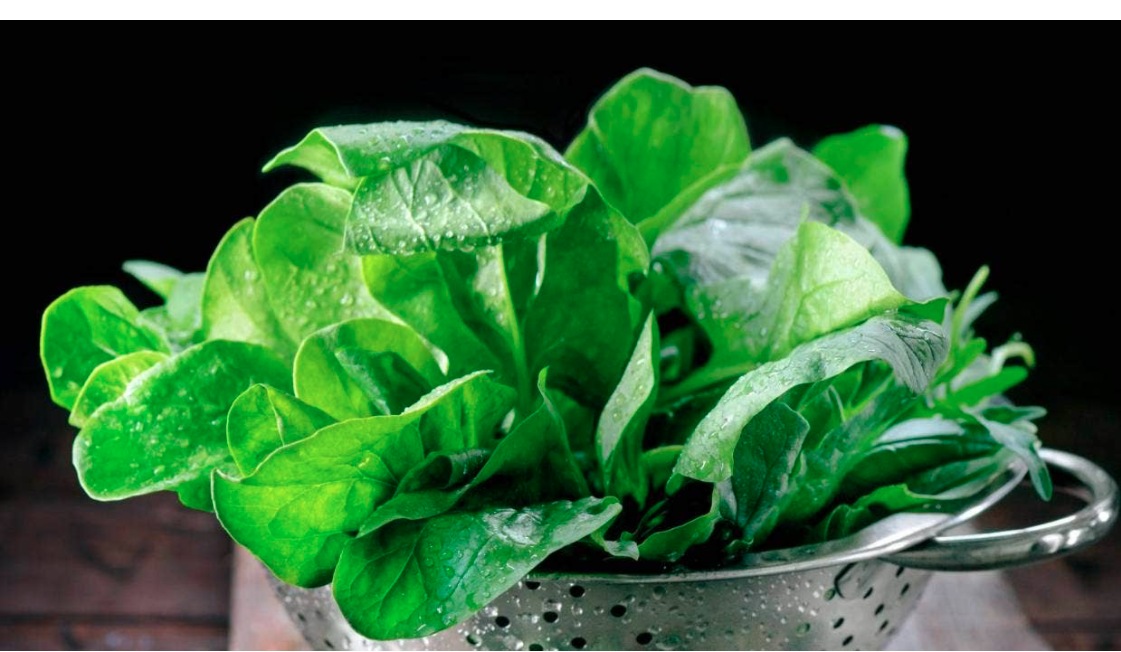
 Loading…
Loading…
Are you sure? Deleting this message permanently removes it from the Neighbourly website.
 Loading…
Loading…
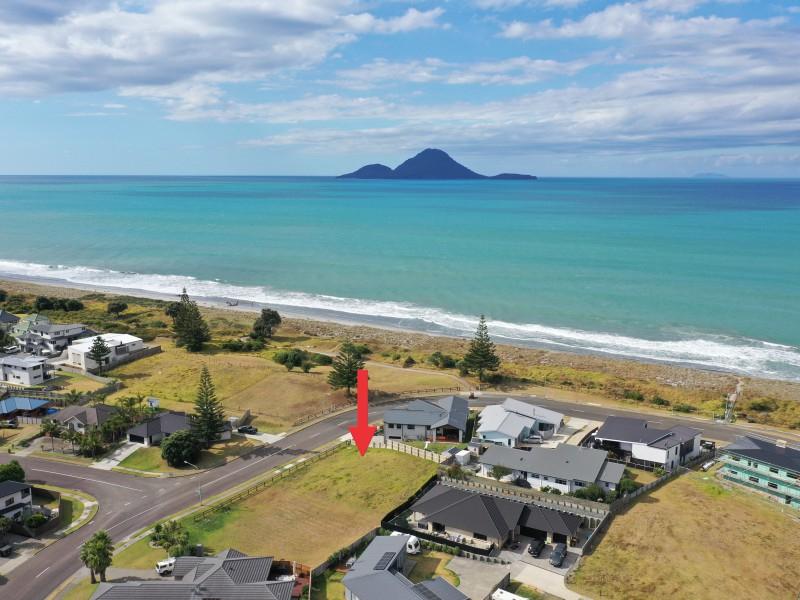
 Auction
Auction

 Marketed by Michelle Stephenson
Marketed by Michelle Stephenson
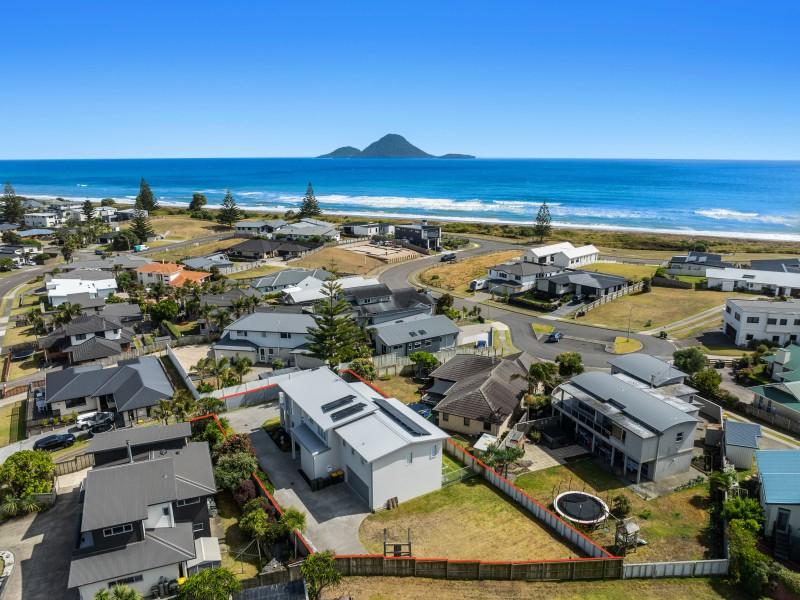
 Auction
Auction



 Marketed by Michelle Stephenson
Marketed by Michelle Stephenson

 $560,000
$560,000



 Marketed by Michelle Stephenson
Marketed by Michelle Stephenson

 Tender
Tender


 Marketed by Jami Botha
Marketed by Jami Botha

 $915,000
$915,000



 Marketed by Michelle Stephenson
Marketed by Michelle Stephenson

 Auction
Auction



 Marketed by Matt Stephenson
Marketed by Matt Stephenson

 $639,000
$639,000



 Marketed by Michelle Stephenson
Marketed by Michelle Stephenson

 By Negotiation
By Negotiation

 Marketed by Brooke Woolsey
Marketed by Brooke Woolsey
© Neighbourly 2025
